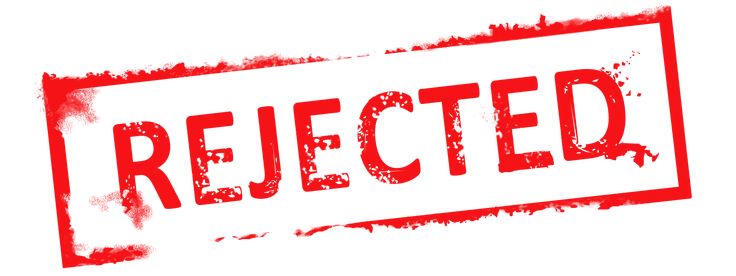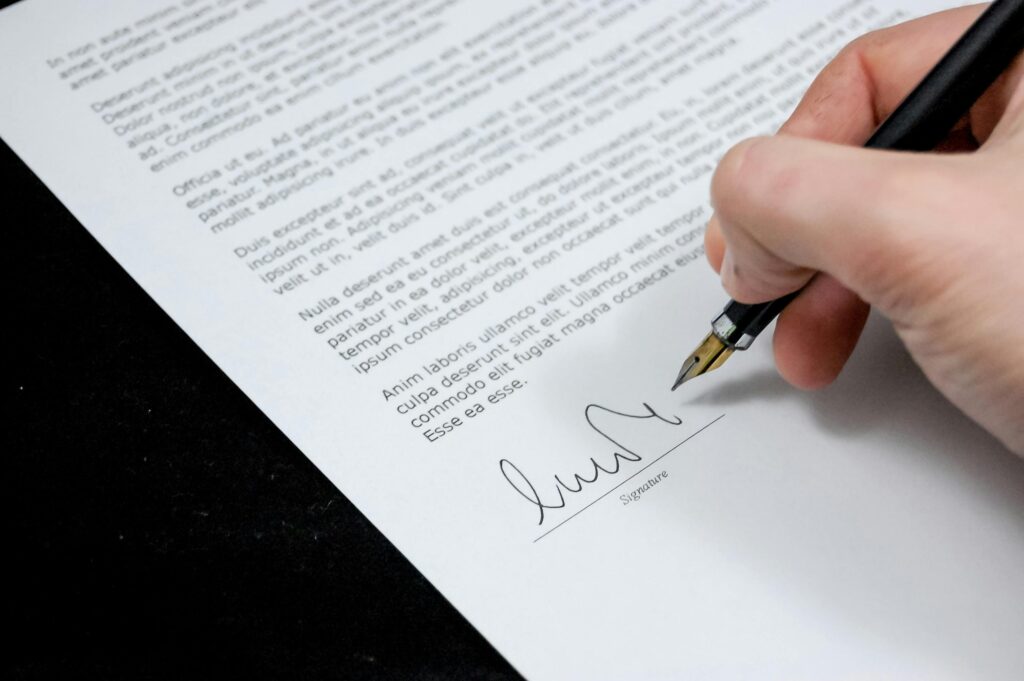
Getting your Schengen visa denied can be frustrating and disappointing, especially if you’ve already made travel plans. However, a rejection doesn’t always mean the end of these travel plans.
In this post, we’ll break down:
✔ Common reasons for Schengen visa rejections
✔ How to appeal the decision (if possible)
✔ When and how to reapply for a better chance of approval
✔ Alternative options if your visa is denied again.

Why Was My Schengen Visa Denied?
When you receive a refusal, the embassy or consulate will provide a letter citing the legal basis (usually Article 32 or 34 of the Schengen Visa Code) and the specific reason. Here are the most common rejection grounds:
1. Incomplete or Incorrect Documents – Missing bank statements, unsigned application forms, or unclear travel plans. Solution: Double-check the embassy’s checklist and ensure every document is complete.
2. Insufficient Financial Proof- Not showing enough funds to cover your stay. Solution: Submit 3-6 months of bank statements, sponsorship letters (if applicable), and proof of income.
3. Doubts About Your Return- Weak ties to your home country (no stable job, property, or family in your home country). Solution: Provide employment verification, property deeds, or evidence of dependents.
4. Suspicious Travel Purpose- Unclear or inconsistent reason for visiting.
5. Previous Visa Violations- Overstaying a past Schengen visa.
Solution: Explain the circumstances in a cover letter and provide proof of compliance now.
What to Do After a Schengen Visa Denial?
1. Understand the Reason for Refusal
Carefully read the rejection letter, it will explain why your application was denied. This will help you address the issue and also determine if you have to reapply or appeal.

2. Appeal the Decision (If Possible)
An appeal is a formal letter sometimes in the local language of the country you are appealing to explaining why the decision should be reconsidered.Some Schengen countries like France, Germany, Spain, Italy, Switzerland , Netherland and Belgium allow appeals, usually within 15–30 days of refusal. The process varies by embassy/consulate, so make sure to check in with the embassy of the country you are applying to.
⚠️ Note: Appeals take time, and success isn’t guaranteed. If your trip is urgent, reapplying may be faster.

3. Reapply with a Stronger Application
If appealing is not feasible or likely to succeed, you can submit a new application:
-Fix the issues mentioned in the refusal letter. – Provide stronger evidence (e.g., more bank statements, detailed itinerary, employment verification).
– Write a cover letter addressing previous refusal reasons.
✅ Tip: Apply to the same country unless your travel plans have changed significantly because switching embassies without justification can raise suspicions.
4. Consider Applying for a Different Visa Type.
If your purpose of travel was unclear (e.g., tourism vs. business), applying under the correct category would help the second time around.
5. Seek Professional Help (If Needed)
If your case is complex (e.g., past visa overstays, criminal records), consulting an immigration lawyer or visa consultant like Fly consular may improve your chances.
What If My Second Application Is Also Denied?
If you’ve been rejected twice:
1.Re-evaluate your situation – Are there deeper issues (e.g., weak travel history)? 2.Consider visiting a different Schengen country (if your travel plans allow).
3.Wait 3–6 months before reapplying to show improved circumstances.
Conclusion
A Schengen visa denial isn’t necessarily the end, many applicants succeed on their second try. The key is to understand the refusal reason, gather stronger evidence, and reapply strategically.
Have you ever faced a Schengen visa denial? Share your experience in the comments, I would love to hear from you and who knows, your story might help others!